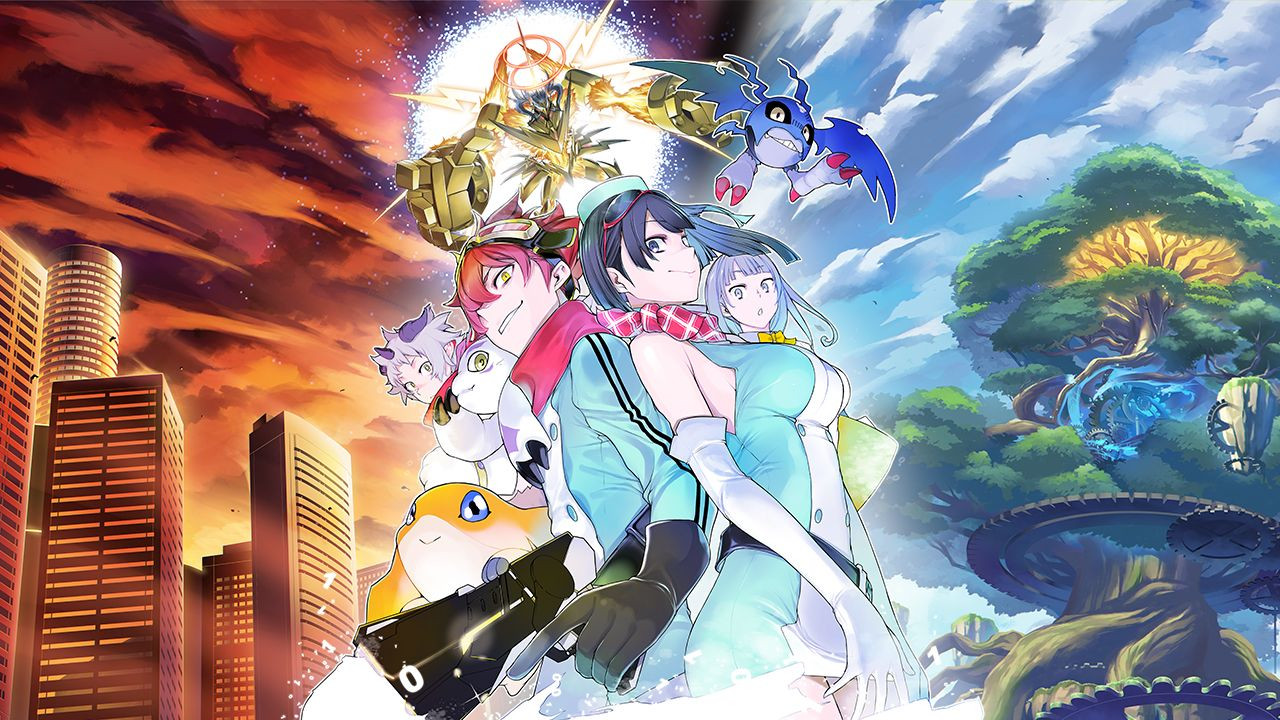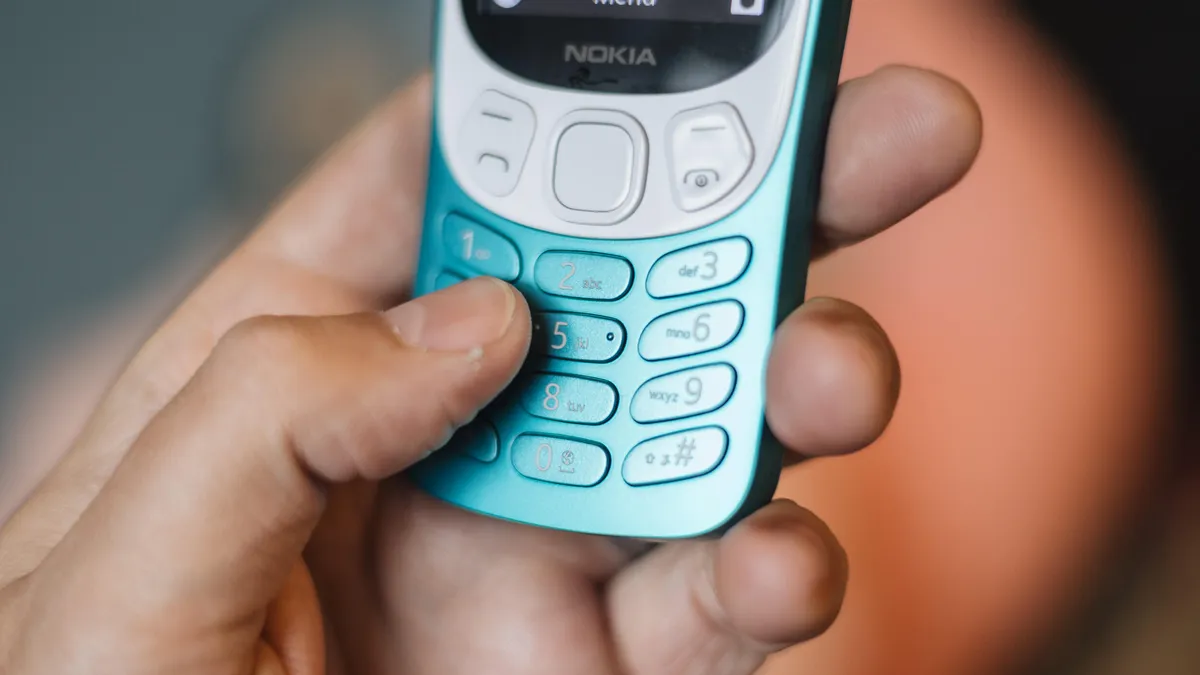By Lucas White
Copyright shacknews

Digimon Story Cyber Sleuth, a janky, low budget PlayStation Vita RPG from 2015, is one of my favorite games of all time. I’m not even that much of a Digimon person, but that’s a game I’ve dumped a few hundred hours into over multiple playthroughs, something I’m rarely capable of doing. A literal decade later, that team has finally produced a follow-up, Digimon Story Time Stranger. It’s a big, bold, and beautiful sequel to one of the most fulfilling RPGs of its kind, succeeding in nearly every attempt to improve upon what came before.
Wibbly wobbly
You’re an agent of a secret organization dedicated to investigating “anomalies.” In the middle of an outburst of public unrest surrounding a wall built around a post-disaster Shinjuku, you discover Digimon, digital creatures that you can store in a Digivice and use as companions in battle. Your Digivice tends to look like a fancy mobile phone, but it can also turn into a gun that you can load with your Digimon to shoot other Digimon. Awesome. As you dive deeper into the world of these beings, you realize an ancient conflict between two Digimon groups is coming to a violent head, with the fate of the whole world (human and digital) at stake. On the way, all kinds of incredible things happen, from time travel to interdimensional warfare. It’s a lot, to say the least.
As a fan of the previous Digimon Story (it’s a longer series made confusing by localization and re-branding decisions over decades, but we don’t need to go over that here), the first thing I notice about Time Stranger is how loudly it is no longer a low budget PlayStation Vita game from 2015. This game is gorgeous, not quite an AAA blockbuster but using every bit of power at its disposal to make something that’s one of the more visually arresting adventures I’ve had all year. Digimon games always play with digital space but within severe limitations, be it 2D visuals on a handheld or having to reuse assets over and over. The limits are off here, and some of the environments in Time Stranger defy reason and convention. The colors, creativity, and fidelity often had me stop to just stare at my screen in awe.
Of course, while the environments are fun, the star attractions are the Digimon, and they look better than ever. These are all new models, with more intense facial features, detail and textures in their skin and clothing, and more elaborate animations. And there are so many more than last time, making discovering new ones and re-discovering old favorites equally exciting. It helps that one of the reasons I love these games so much, their extensive and gratifying grinding systems, is back with improvements and streamlining that makes chasing that complete collection or perfect team of murderbeasts a blast.
The good, good stuff
Digimon Story games differ from Pokemon in that your progression isn’t linear. While Pokemon have their static evolutionary paths, Digimon grow with variable outcomes, evolve back and forth, and sometimes even combine with others to achieve their different forms. Each evolution has different stat or ability requirements, and uncovering the labyrinthian DNA chains of each creature that joins your roster is unbelievably fun. Especially now that you can simply manage your Digimon in a basic menu, track their evolution history, and have such a high capacity limit you have almost no friction. That’s a huge change from Cyber Sleuth, which had you move back to a specific location to manage your Digimon, required you to move across multiple separate menus, and was generally just a fumbly (albeit absurdly compelling) mess of cooperating systems. The potential is realized here, with almost every point of contention now streamlined to support hours and hours of sicko activity.
The problems I ran into here seemed to be a mixture of sequel bloat, seasoned a bit with overconfidence. After achieving streamlining goals, it seems like Time Stranger also tried to do more with an already packed bag of tricks. There’s a personality system that’s so poorly explained I gave up on taking it seriously, and it intersects with some of the more meta-level progression calculations in a way that makes mid-game grinding slow down more than it should. The nice thing is Time Stranger is so interested in giving you options and control over your team building, I was able to find my way around anyway and get back to playing how I wanted. Case in point, I almost entirely ignored the DigiFarm this time around, which is a separate space for raising your Digimon’s specific stats. It was unavoidable in Cyber Sleuth, but here I never needed it. Neat!
Another odd, but interesting move is how Time Stranger gates your progress. Difficulty settings aside, these games don’t want you to just sit and grind until you have the best Digimon and roll over the story. Cyber Sleuth hits you with eternally frustrating team capacity, which Time Stranger graciously tosses aside. But while you can bring over a thousand Digimon with you in your phone/gun gimmick, you have to raise your Agent Level by progressing in the story and completing side missions to reach Digivolving milestones. It’s a darn good way to make people want to engage with side content, I’ll say that much. It feels like a much smarter compromise though, especially since raising Agent Level also involves a multi-threaded skill tree that makes your Digimon passively stronger and easier to evolve anyway. The grinding Ouroboros in this game is simply delicious. There are even multiple speed settings for combat, up to an animation-skipping 5x. They know what they did, and who this game is for.
There’s a story, too
As much as Time Stranger is interested in making the monster training stuff shine, it’s also interested in telling a story that’s as ambitious in narrative as it is in scale. One of the reasons Cyber Sleuth is on my RPG Mount Rushmore is its storytelling. It’s an eclectic mix of anime tropes, bizarre characters, and a chaotic energy you seldom see in its monster collecting peers. Time Stranger, with its story about conspiracies, ancient wars, and time travel, is once again punching far above Pokemon’s weight class. But this time around it’s more of a slow burn with a more grounded tone.
Character artist Suzuhito Yasuda and composer Masafumi Takada both return, but Takada approaches Time Stranger from a different angle. Takada gleefully channeled his Danganronpa work before, but that’s not the vibe this time. All the wonder and scale of this journey, which crosses back and forth between worlds and time periods, doesn’t have the weirdness and wildness to fall back on. The tropes stand out a little more early on as a result, and since the plot takes its time to get going it almost feels like Time Strange is sleepwalking for a while after its intriguing opening hours. But then it finds the gas pedal, and that thing goes places, folks. Places that even warrant a content warning, as Time Stranger doesn’t pull punches, even tackling issues like alcoholism and suicide as it explores a very topical theme of what people lose when they revel in conflict with each other. The way the story is told also undergoes multiple structural changes, which is an impressively crafted parallel to how the story itself unfolds.
I’m exhausted, and frankly, I want to keep playing more Digimon Story Time Stranger. And I’m in the middle of a Digimon Story Hacker’s Memory playthrough I’d like to get back to. And you know what? I finally want to get around to playing Digimon World Re:Digitize Decode, which is tangentially related to these games. I have a lot of Digimon to get to, and it’s thanks to the resurgence of Digimon Story that I’m ready and raring to get into it. I’ve been waiting for this for literally ten years, and the wait was worth it; we are so back, and it feels awesome to say the stupid meme thing because of how true it is.
Time Stranger doesn’t always hit the way I was hoping, because I foolishly expected More Cyber Sleuth. I had to get used to a slower, more somber kind of energy, and for all the systemic improvements I found parts I didn’t actually love to engage with. But Time Stranger impressed me with its own vision and ambition to be more than just a sequel to the cult classic a bunch of weirdos love. It’s about time such a long wait between games delivered so cleanly. I’d gladly wait another ten years for the next one if that’s what it takes.
Digimon Story Time Stranger is available on October 3, 2025 for the PlayStation 5, Xbox Series X|S, and PC. A PC code was provided by the publisher for this review.



